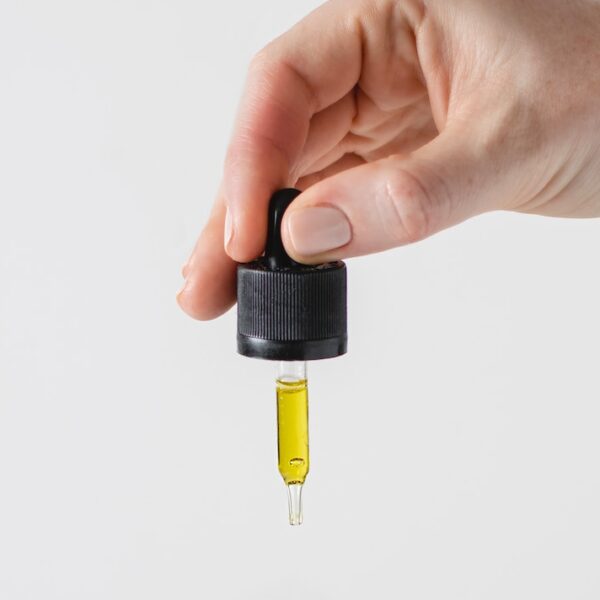We all know there are a lot of differences between men and women, but not everyone understands the reasons behind those differences. During the arousal phase, your body goes through a number of physical changes.
Psychologist Marie Bonaparte (using the pseudonym Narjani) published data from genital measurements on 200 women in 1924. The data showed that the distance between a woman’s clitoris and vagina influences orgasm response.
The Clitoris
You’ve probably seen it before — it’s the pea-sized nub that’s most visible at the top of your vulva. But that’s just the tip of the iceberg when it comes to your clitoris. In fact, if you’re an average woman, 90 percent of your clitoral anatomy is under the surface — a sprawling underground kingdom of crackling nerves and blood-pumping vessels.
The glans clitoris is the most sensitive part of the clitoral gland, and it’s packed with nerves, making it hypersensitive to stimulation. Above the glans is a fold of skin called the clitoral hood, or prepuce. It can vary in size and degree of coverage from person to person. The rest of the clitoral gland is made of erectile tissue, which swells and expands when aroused. The clitoral body, or corpora, and two legs, called the crura, are the longest parts of the clitoral gland. Together, they make up about 5 inches of your penis-like clitoral structure.
There’s also a small area at the end of the glans and the ends of the crura, which experts call the G-spot or Grafenberg spot. Researchers still don’t know exactly what this area does, but they do know that it creates pleasure when stimulated. So if you’re looking for more orgasms, start by stroking and stimulating this area of your clitoral gland.
The Perennial Sponge
As its name suggests, this spongy structure sits between the vagina and the rectum. It’s made of erectile tissue, and responds to stimulation like any other erogenous structure. It is activated by the same mechanisms that cause penile erection: during sexual excitement, smooth muscle polsters (“cushions”) in the arteries supplying the two vestibular bulbs become relaxed, while those in the draining veins and a-v anastomoses contract, diverting blood into the lacunae of the urethral sponge, filling them and creating tumescence.
The perennial sponge also contains Krause bodies—structures similar to serotonin-releasing vesicles that release 5-HT (serotonin) into the surrounding submucosal lining. The result is that this area becomes a highly excitable site known as the G-spot. It is a sensitive pleasure organ that can be stimulated manually—stroking the anterior wall of the urethra with a fingertip, for example. The resulting sensation is pleasurable and can lead to orgasm, particularly when the urethra is positioned in the anal canal and the penis is inserted into the vulva.
To maximize pleasure and sensation, try to engage in sex in the rear-entry position or sideways to allow for greater stimulation of the urethral sponge. And don’t forget the clitoris—it’s just as sensitive as the perennial sponge and can also be stimulated with fingers, hands, vibrators and other toys. This will help to stimulate the clitoral nerve and the urethral sponge, as well as to increase blood flow into the anal canal and clitoral hood.
The Skene’s Glands
Skene’s glands (also called paraurethral or periurethral glands) are located on either side of the lower end of the urethra, inside the vaginal vestibule. They are the size of a kernel of corn with pinprick-sized openings. These small glands produce fluid that lubricates the urethral opening, which is a tube that allows urine to exit your body. It also contains antimicrobial substances that may prevent urinary tract infections. When stimulated, the glands secrete a thick mucus that can enhance sexual pleasure. Some researchers believe that this fluid excretion is what contributes to female ejaculation and G-spot orgasms.
The glands are named for Alexander Skene, a physician who first described them in the 19th century. They are also referred to as the “female prostate” because they operate very similarly to the male prostate. However, many diagrams of the female reproductive anatomy don’t include a depiction of their ducts, leading some scientists and physicians to question whether these glands even exist.
During sexual arousal, the glands become swollen with blood and become more active. They release a thick, sticky fluid that lubricates the urethral tube, and they contain nerve fibers that activate when they are stimulated. These fibers are different from those in the clitoris, and women report that orgasm associated with gland stimulation feels very different from clitoral orgasm. Infections of the Skene’s gland can occur and cause pain, swelling, and discharge. Cysts can also develop in the gland, and these require medical intervention if they are large or painful.
The Pudendal Nerve
The pudendal nerve gives movement & sensations to the pelvic area including your anus, vulva & perineum. It also controls the muscles in your sphincter that allow you to urinate & defecate. Pressure on the pudendal nerve can cause severe pain (pudendal neuralgia).
The Pudendal Nerve originates from a bundle of spinal nerves called the sacral plexus in the lowest part of your spine. It runs through the pelvic & gluteal (buttock) region & exits through a small opening in your pelvic bone called the greater sciatic foramen inferior to the piriformis muscle. It then runs through a tunnel-like space in your pelvis called the pudendal canal or Alcock’s canal. The nerve splits into several sections on its way through the canal. It gives rise to the inferior rectal nerve in men & the perineal nerve in women before finally branching out as the dorsal nerve of the penis or clitoris.
This mixed (motor & sensory) nerve conveys signals about the external genitalia & perineum to the brain. It also relays messages to & controls the muscles in the sphincter that allow you to have or not have sex. Damage to the pudendal nerve or its branches can lead to fecal incontinence. Depending on the extent of damage, the pudendal nerve can be temporarily anesthetized with a procedure known as a pudendal block.




Leave a Comment